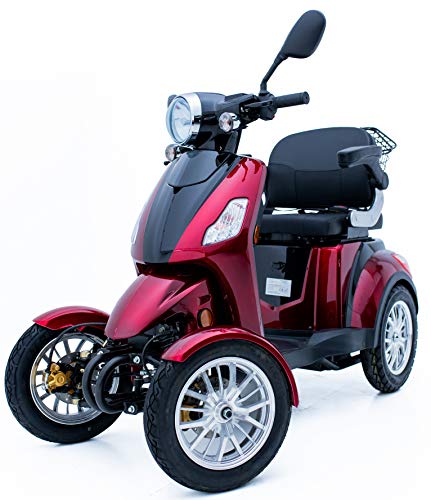Scooter Green Power
Scooters offer an enjoyable and safe method to travel. They're also environmentally green. It is essential to do your research prior to buying one.
Although they are carbon-free on the surface scooters come with hidden costs. The manufacturing and mining processes of the batteries used to power electric scooters produce significant emissions. The environmental impact of transporting scooters from charging stations to the point where the riders are increased.
Battery Life
Battery is among the most vital components of any scooter. It has a significant impact on how eco-friendly your scooter is. When the battery is dead, it releases toxic chemicals which can have a huge ecological and economic impact.
Electric scooters are extremely energy efficient. They use only a only a fraction of the energy used by cars to travel the same distance. This can help to reduce carbon dioxide and climate change as well as traffic congestion. The e-scooters still produce a small amount when charging. If this is from renewable sources, it could make the e scooter even more eco friendly.
Many scooters come with interchangeable batteries that can be used to charge other scooters within a fleet. This eliminates the requirement for companies to transport the batteries to recharge. Some companies are also testing with hyper local energy production, enabling the grid to utilize the power stored in the batteries to balance supply and demand.
If you plan on using your scooter for long trips, consider buying a larger battery or a second one that can be switched out. You will be able to travel for longer distances and not have to recharge your battery as often. This is especially important if you are in an area that is subject to extreme weather conditions. It is also a great idea to charge the battery prior to when you store it for several months or weeks. If you don't do this, the battery may not hold a charge when needed again. This could be unpleasant and also dangerous.
In general, electric scooters are much greener than cars or other modes of transport. They produce fewer greenhouse gasses that contribute to global warming, and require less raw material to manufacture. They can be powered by clean energy, which could reduce their carbon footprint. However, it is important to think about the entire of a scooter when considering its sustainability. This includes the production, the energy required to charge it and its disposal.
Design
The design of electric scooters can have a big impact on their green power ratings. Scooters equipped with regenerative brake systems, for example they convert energy that would be lost otherwise into extra battery life so they can be more efficient in their charging. Many scooters are also optimized for shorter distances, thus reducing the number of trips to the vehicle required. And, unlike traditional vehicles, scooters emit no carbon dioxide during use.
However, it is important to think about the environmental impact of the entire lifecycle of electric scooters. This includes the extraction and manufacturing of raw materials as well as the disposal at the end of life. The manufacturing of lithium-ion batteries can be energy-intensive, and could result in habitat destruction as well as water and soil pollution, and greenhouse gas emissions. The transportation and mining raw materials can have a significant impact on the environment.
Another major issue with scooters is their shaky durability. The average scooter lasts only few months on the street before it is taken off the road. This could force scooter manufacturers to extract even more aluminum and engage in more resource-intensive activities like shipping. Since most scooters are rented, instead of owned by the owner, they have to be collected and transported (often in cars) to a recharging station once their batteries have run out.
In the event of a end of life disposal, scooters can contain hazardous waste that can pose a threat to the health of the public and the environment. If the waste isn't recycled properly, it could end up in landfills and rivers, where people and wildlife could be at risk.
Scooters are more beneficial to the environment overall than conventional vehicles in general. However there are some issues that need to resolved before they can be considered completely green. If all scooters are made of 100% recyclable materials and the power source that powers them is derived from renewable sources, they will be a carbon-free mode of transportation.

Maintenance
The cost of electric scooters is less expensive than the typical vehicle. However, it needs routine maintenance. The primary component is the battery pack. It must be charged regularly and replaced when it reaches its end of life. This is also dependent on the speed controller. When this is faulty it can affect the performance of the scooter.
If the scooter cuts out or stops working during riding, it typically indicates that the battery pack is not working properly. green energy mobility scooters could also be a fuse or a charger that doesn't work correctly. Examine the indicators on the charger to ensure they are green (charging) and not red (off). It's an ideal idea to recharge the scooter each time you put it in storage, even if you don't use it.
A malfunctioning normally closed switch on the brake lever is another common issue. To check for this, disconnect the wire from the switch for the brake lever and bridge the terminals together in the controller's connector the wire is unplugged from. If the scooter continues to run the switch could be faulty.
In the course of the day, scooter service providers deploy people to drive cars or trucks and then return to their offices any electric scooter that has run out of power. This allows them to keep their fleet in good order. It also lets them recharge the batteries for the next trip. Many consumers do not have this luxury, and have to replace their scooters whenever they run out of power.
